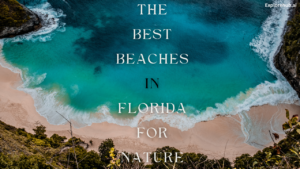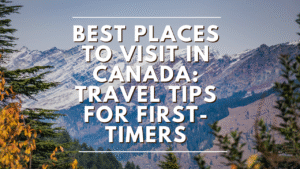Have you ever dreamed of hitting the open road, cruising through endless landscapes, and discovering hidden gems along the way? If so, an Australian road trip should be at the top of your bucket list! With its diverse scenery, friendly locals, and unique attractions, Australia offers some of the best road trip experiences in the world. Whether you’re into coastal drives, desert adventures, or rainforest explorations, there’s a perfect route waiting for you.
Table of Contents
Choosing the Best Route
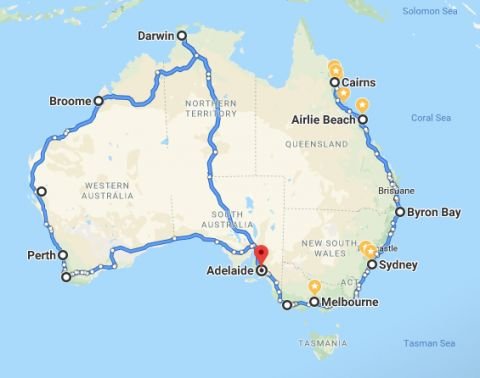
Choosing the correct route is essential because Australia is so big. Here are a few of the most famous road trips:
- The Great Ocean Road (Victoria): Famous for the Twelve Apostles, stunning cliffs, and scenic coastal views.
- The Pacific Coast Highway (NSW & QLD): Connects Sydney to Brisbane, passing through beautiful beaches and rainforests.
- The Red Centre Way (NT): A rugged outback journey featuring Uluru, Kings Canyon, and Alice Springs.
- The Savannah Way (WA & QLD): A long-distance adventure through the Top End’s remote wilderness.
- Tasmania’s Heritage Highway: A charming route packed with history, wineries, and stunning landscapes.
Best Time to Travel
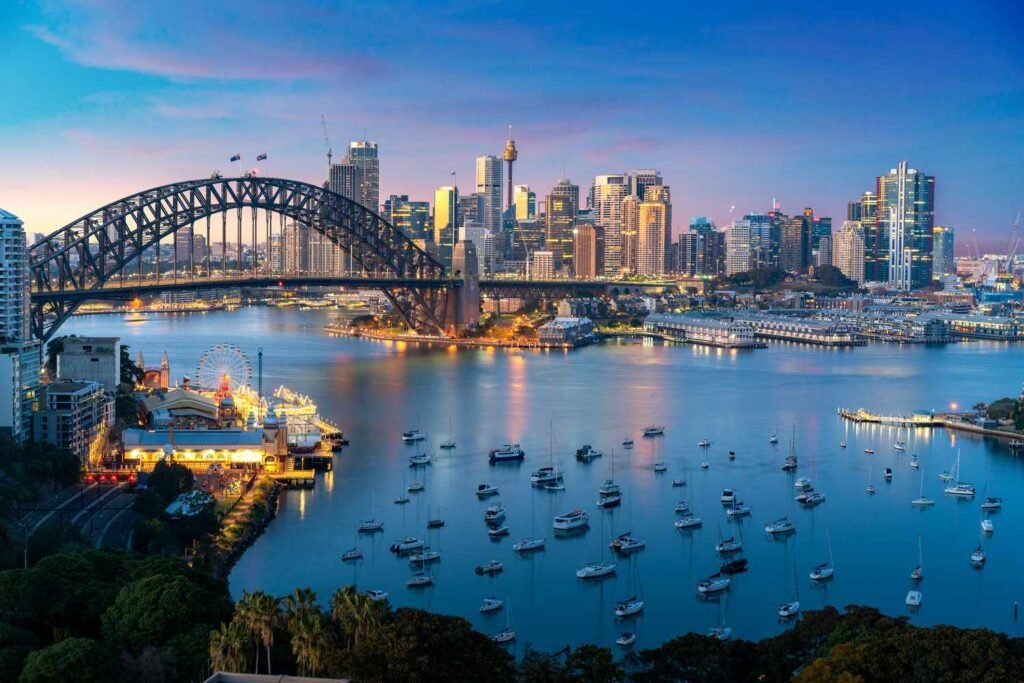
Australia’s seasons can greatly affect your trip:
- Summer (Dec-Feb): Great for beach destinations but can be extremely hot in the Outback.
- Autumn (Mar-May): Mild temperatures, perfect for all routes.
- Winter (Jun-Aug): Best for the northern routes like the Savannah Way.
- Spring (Sep-Nov): Ideal for road trips with blooming landscapes and comfortable weather.
Essential Road Trip Packing List
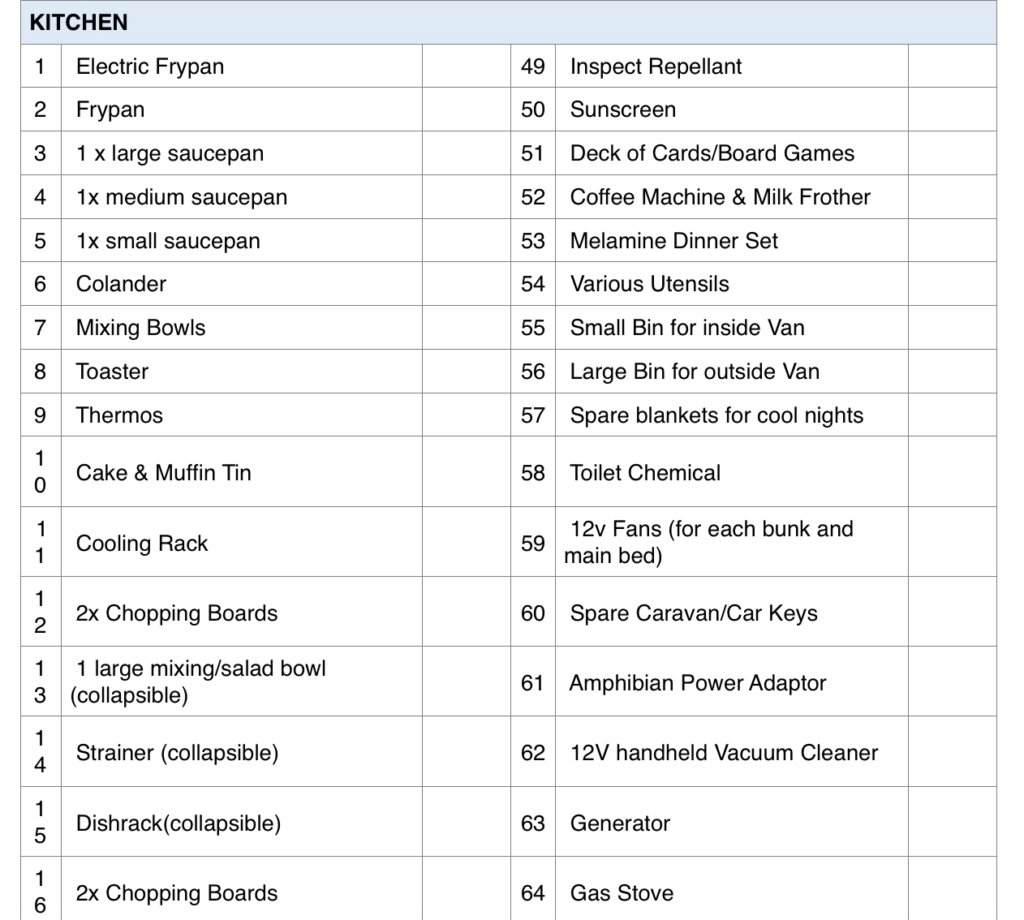
- Documents: Driver’s license, ID, permits, and insurance papers.
- Safety Gear: First aid kit, emergency supplies, flashlight, and spare tire.
- Food & Water: Non-perishable snacks, plenty of drinking water.
- Navigation: GPS, offline maps, and mobile apps like Google Maps or Wikicamps.
Vehicle Preparation and Rental Tips

- Choose a 4WD for off-road adventures or a campervan for flexibility.
- Always check rental policies and insurance before booking.
- Get your vehicle serviced before heading into remote areas.
Budgeting for Your Australian Road Trip

- Fuel: One of the biggest expenses, so plan refueling stops wisely.
- Accommodation: Consider free campsites or budget motels.
- Food: Stock up at supermarkets to save money.
- Attractions: Many national parks charge entry fees.
Road Rules and Safety Tips
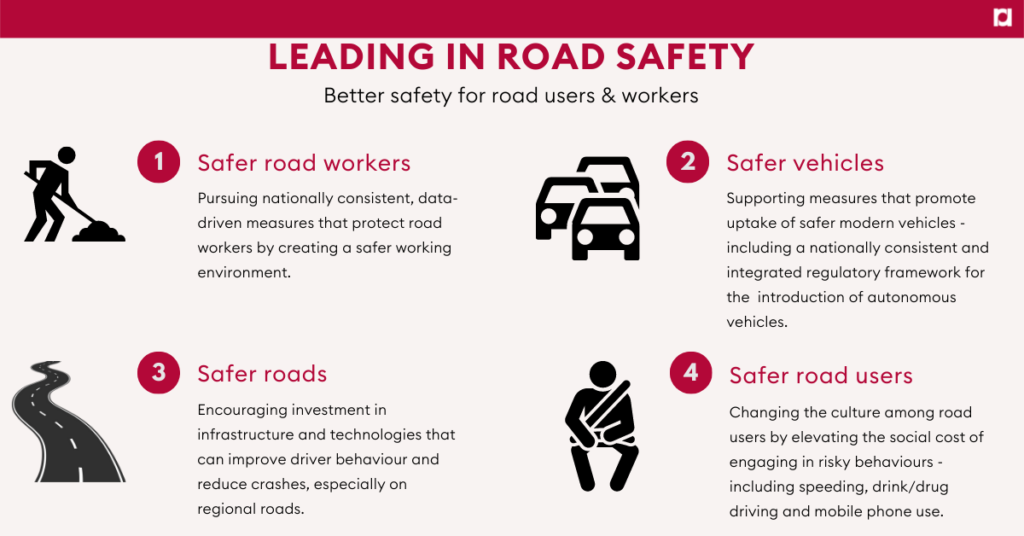
- Drive on the left side of the road.
- Watch out for wildlife, especially at dawn and dusk.
- Stick to speed limits and road signs.
Conclusion
A road journey throughout Australia is an experience of a lifetime. You’re going to have an amazing time whether you’re travelling via lush landscapes, the bush, or the seaside. So prepare for an amazing trip down under by packing your luggage, fastening your seatbelt, and setting off!



